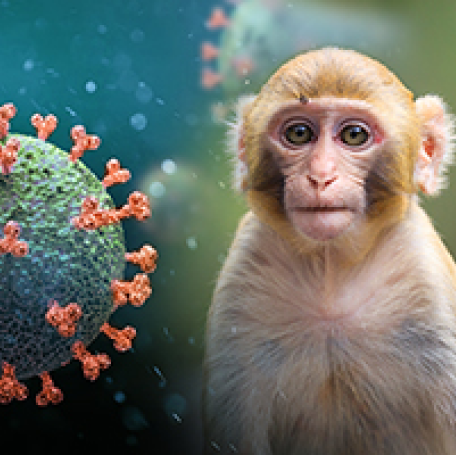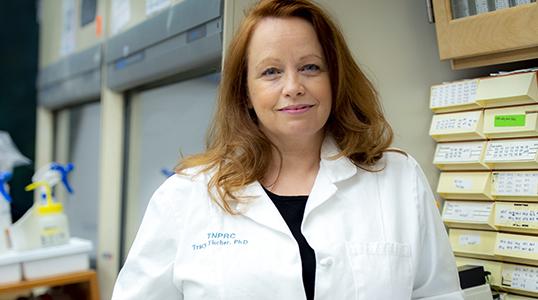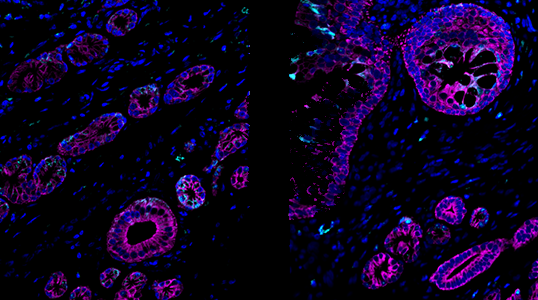Animal Models and Resources for Coronavirus Research

ORIP aims to provide investigators with the resources and infrastructure they need to improve human health, including by supporting the development of animal models of human disease. The current coronavirus disease 2019 (COVID-19) pandemic in humans, caused by the novel severe acute respiratory syndrome coronavirus 2 (SARS-CoV-2) strain, has compelled scientists around the world to work remarkably fast to develop vaccines and therapeutics using animal models. This page offers information and resources for investigators using animal models to study SARS-CoV-2 and other coronaviruses, including SARS-CoV and the Middle East respiratory syndrome coronavirus (MERS-CoV) that led to significant outbreaks during the early 2000s and mid-2010s, respectively.






